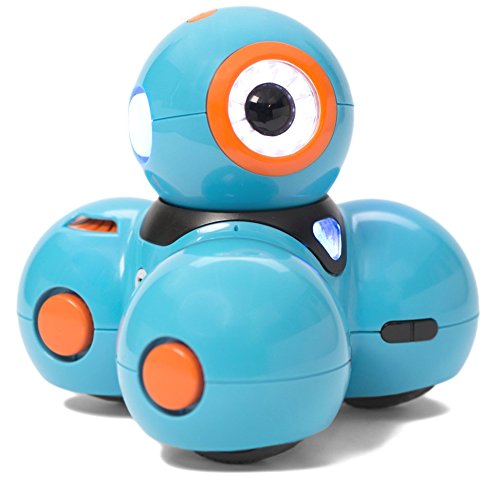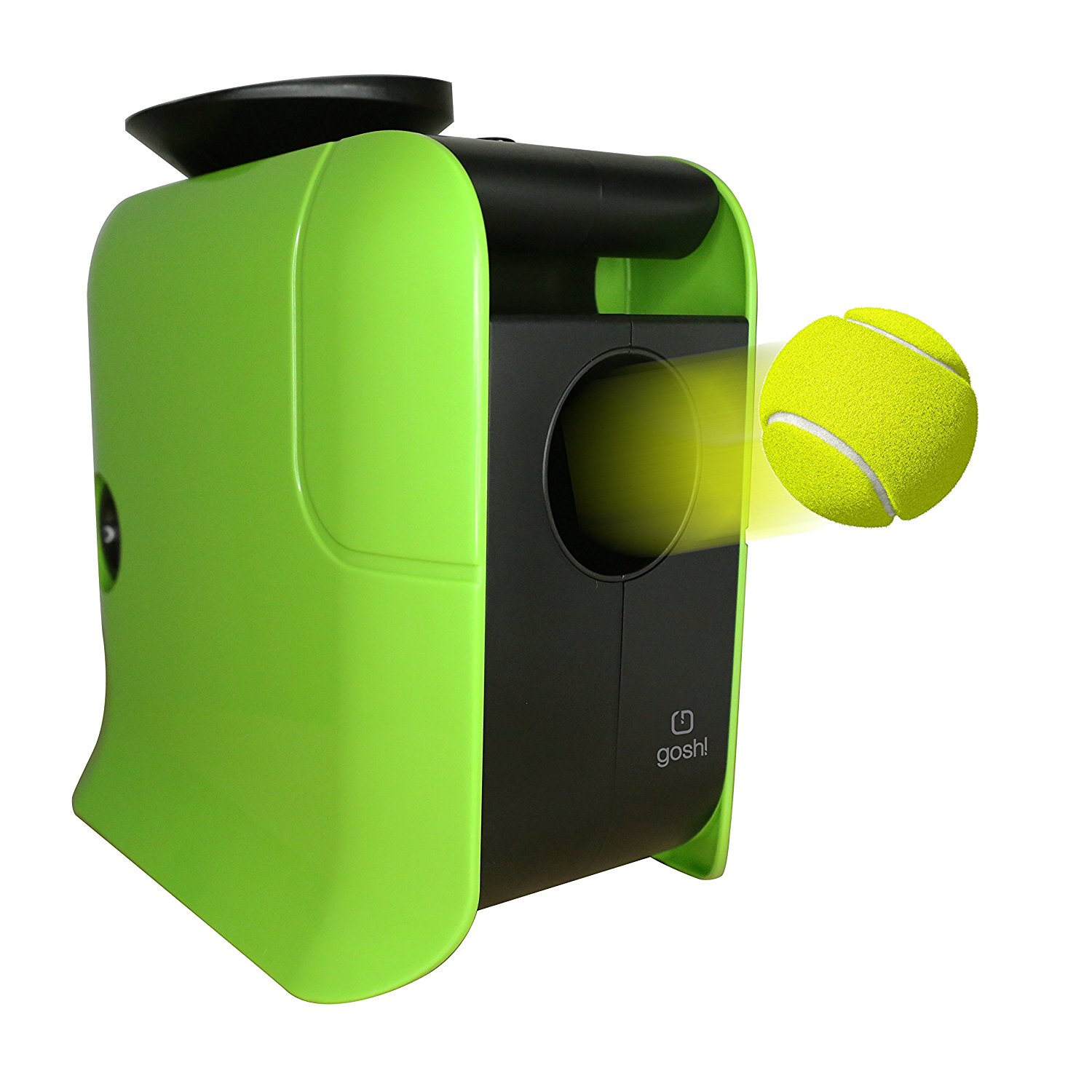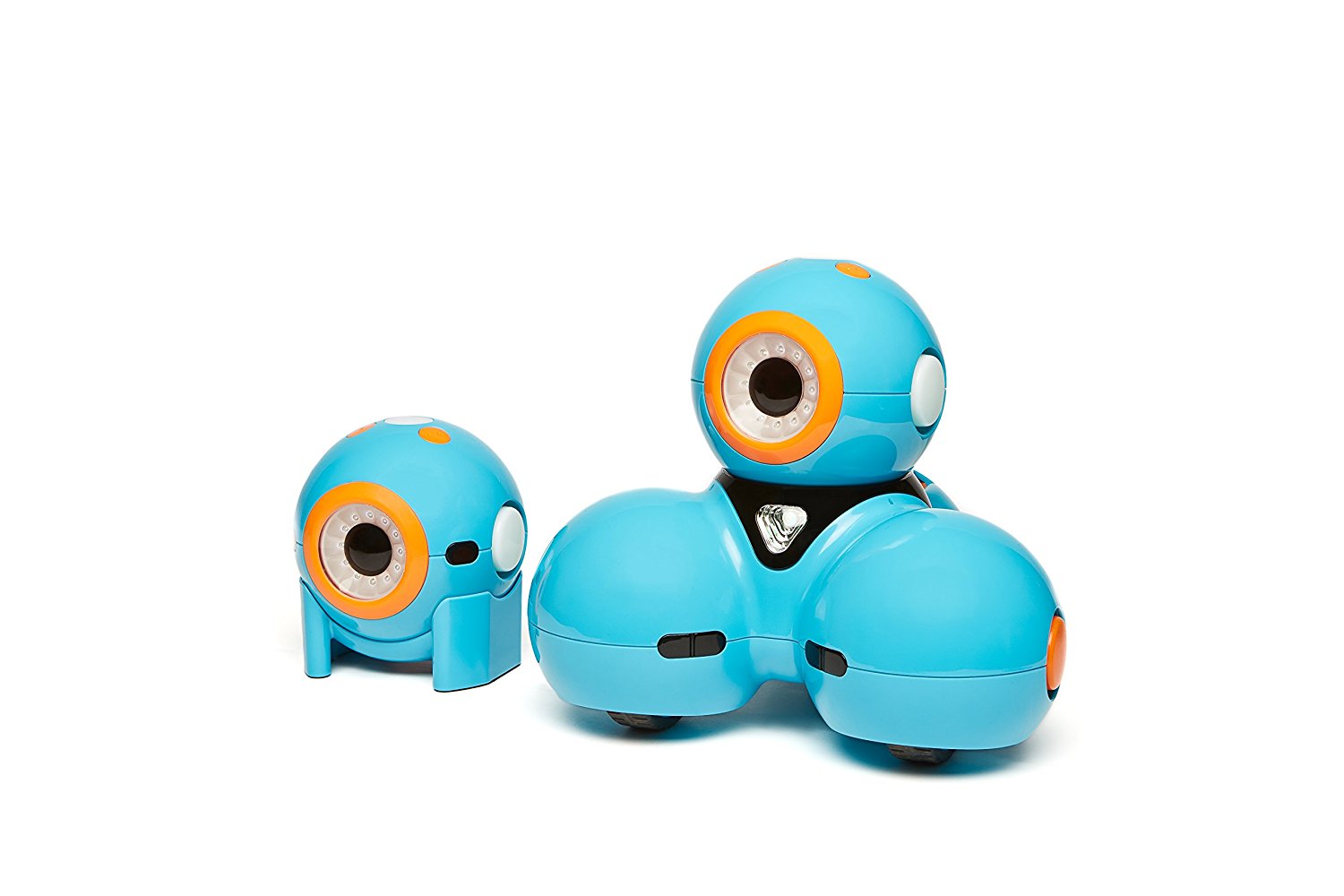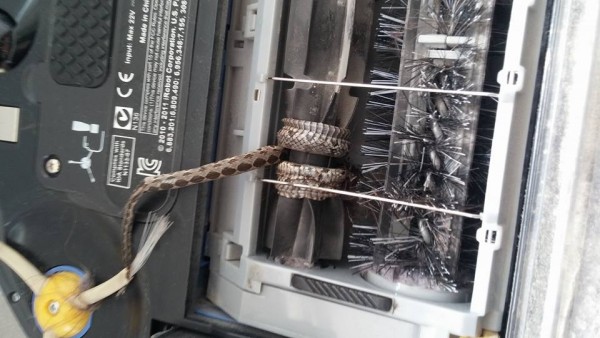A team of researchers from the National University of Singapore has developed a robotic glove that can help with hand rehabilitation after nerve-damaging injuries or strokes.
Injuries, nerve-related conditions and strokes can cause people to lose motor skills, and hands are most frequently affected. The NUS research team comprised of Asst Prof Yeow, his clinical collaborator Dr Lim Jeong Hoon from the NUS Department of Medicine, as well as PhD candidate Mr Yap Hong Kai and undergraduate student Mr Benjamin Ang Wee Keong, who are both from the NUS Department of Biomedical Engineering, has developed a robotic glove they named EsoGlove in an attempt to restore hand movements in these patients.

“For patients to restore their hand functions, they need to go through rehabilitation programmes that involve repetitive tasks such as gripping and releasing objects,” explained Assistant Professor Raye Yeow from the NUS Department of Biomedical Engineering, a specialist in soft wearable robotics and a key member of the research team. “These exercises are often labour intensive and are confined to clinical settings. EsoGlove is designed to enable patients to carry out rehabilitation exercises in various settings – in the hospital wards, rehabilitation centres and even at home. Equipped with technology that can detect and interpret muscle signals, EsoGlove can also assist patients in daily activities, for instance by guiding the fingers to perform tasks such as holding a cup.”
The robotic glove represents a step forward from the conventional hand rehabilitation devices, which have rigid electromechanical components, since its sensors are able to pick up muscle signals and the it is able to follow the natural movements of the human hand, thus diminishing both injury risks and discomfort. On top of that, EsoGlove is also very portable thanks to its very compact design.
“EsoGlove is unique as it is made entirely of soft components and does not require complicated mechanical setups. The main body of the glove is made of fabric, with soft actuators embedded. It also has adjustable Velcro straps to cater to different hand sizes,” Asst Prof Yeow said.
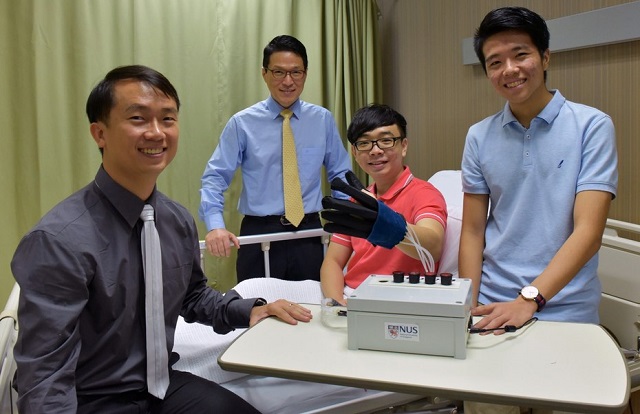
“With this unique approach, we can develop therapeutic tools using safe and wearable robotic technology. Patients can take the initiative in their own rehabilitative process, rather than being passive recipients of therapists’ intervention,” added Dr Lim, a Senior Consultant at the National University Hospital’s Division of Neurology.
Mr Yap, who is also from the NUS Graduate School for Integrative Sciences and Engineering, explained how exactly the EsoGlove is supposed to work: “As the soft actuators in the EsoGlove are made from non-ferromagnetic materials, they are suitable for use in functional magnetic resonance imaging studies. We hope that the robotic glove can contribute towards investigating the brain’s activity in relation to motor performance during hand rehabilitation, and unravel the functional effects of soft rehabilitation robotics on brain stimulation.”.
EsoGlove is patent-pending device, and once that is obtained, the team will start a spin-off company to sell the product.
Be social! Follow Walyou on Facebook and Twitter, and read more related stories about the robotic glove that helps stroke patients regain motor skills, or the Goldfinger smart glove that is powered by finger movements.


